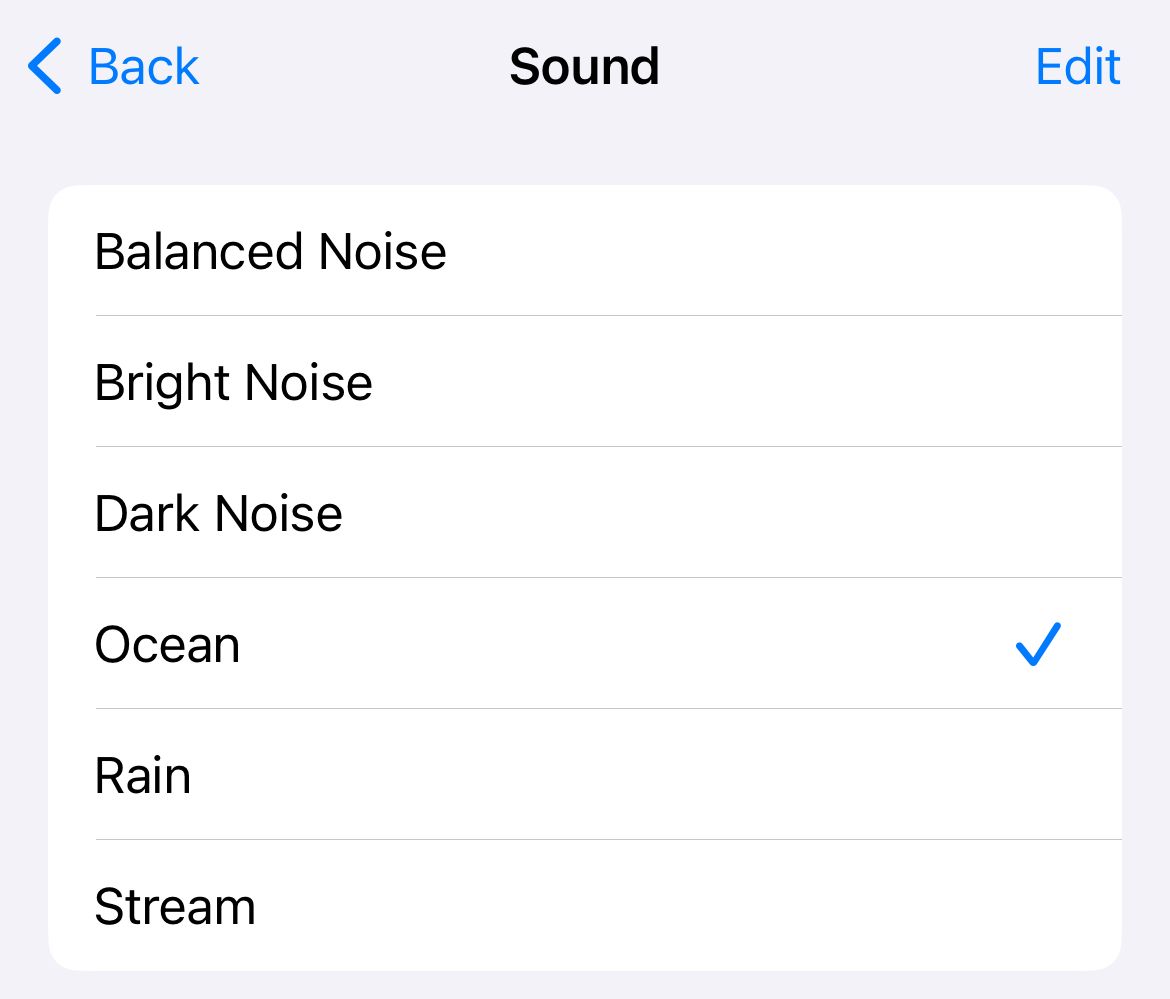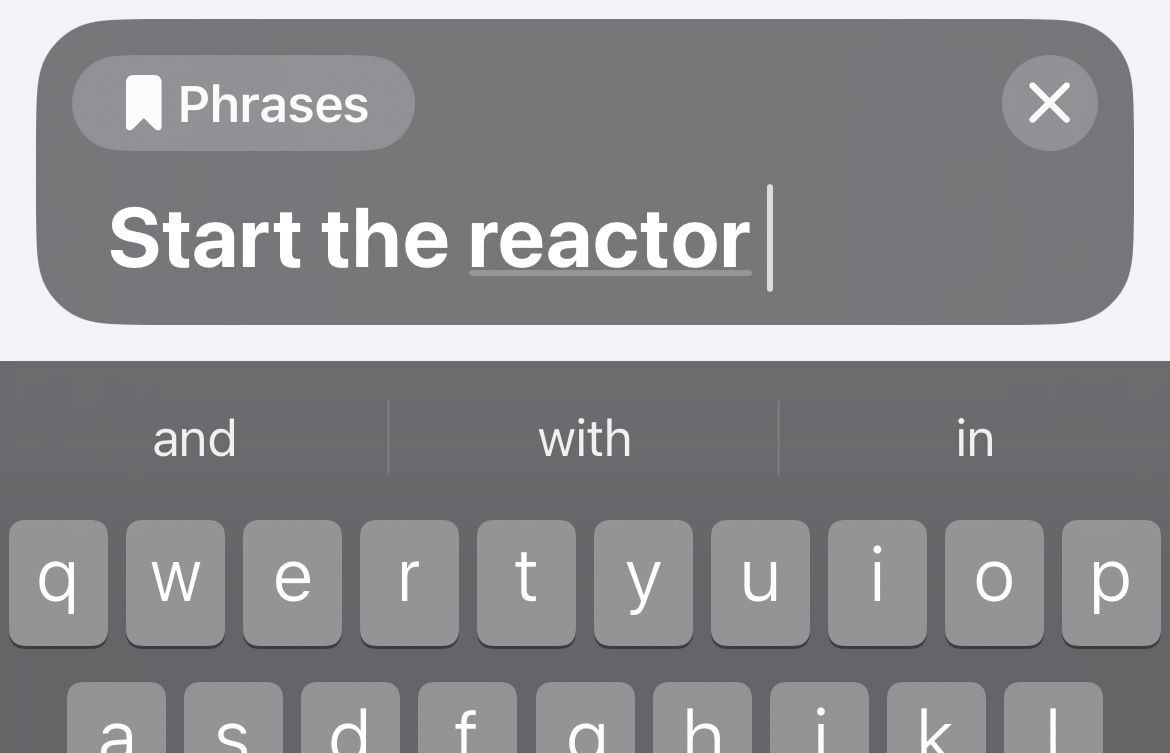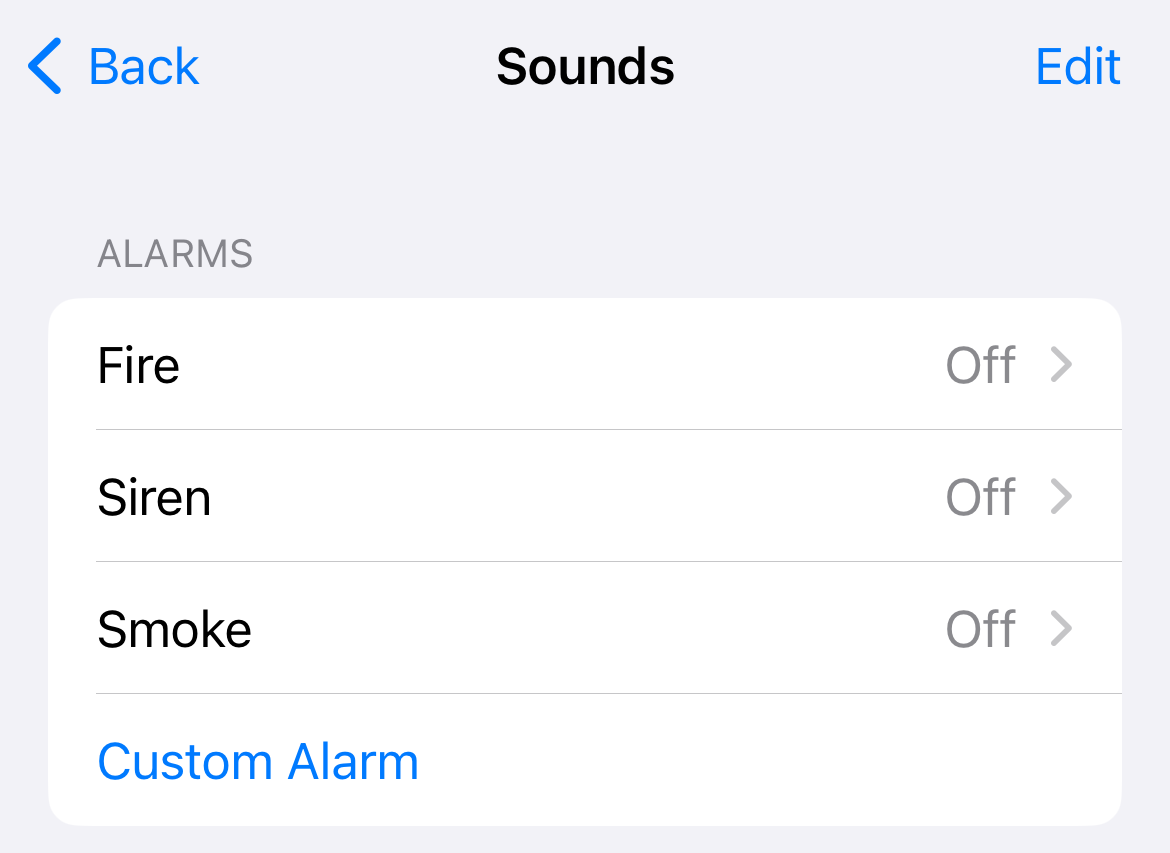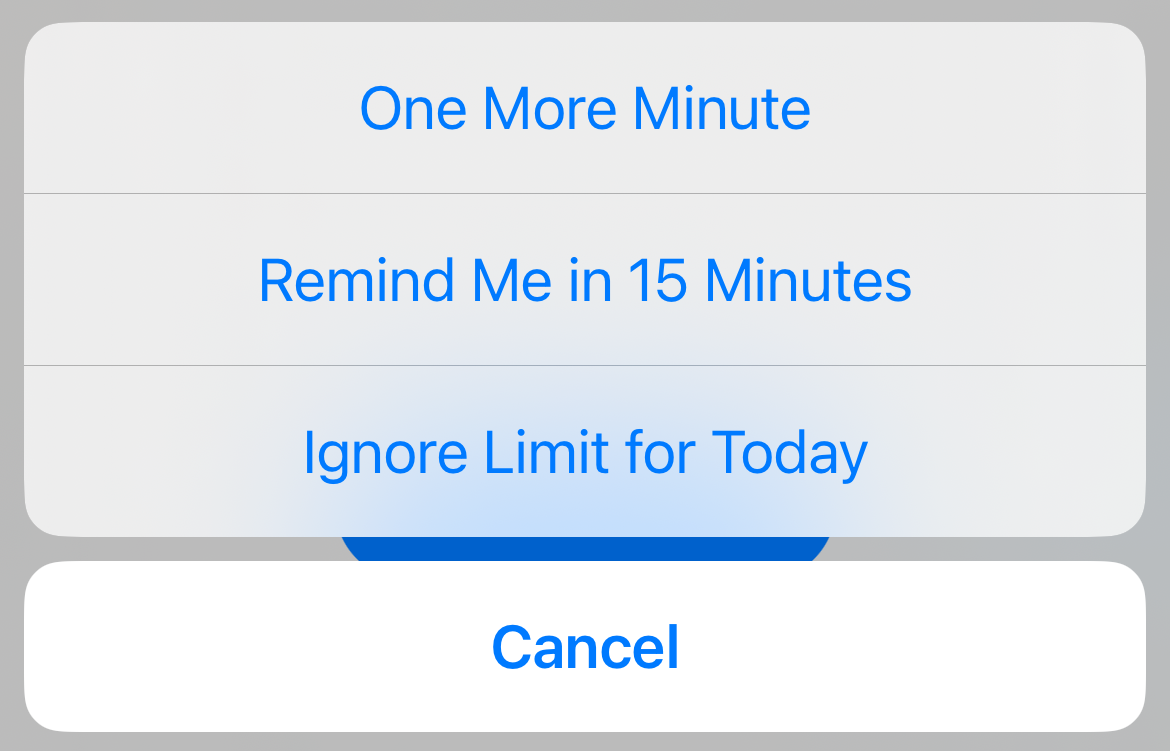Check out these cool tricks your iPhone can do that you probably didn’t know about!
10 Useful Things Your iPhone Can Do for You
Your iPhone is a powerful tool that can take some of your daily tasks off your plate. From measuring distances and angles to translating languages, your iPhone can make your life easier and more efficient. Here are 10 things you can do with your iPhone that you might not know about:
1. Measure Distances by Pointing Your Camera
The Measure app on your iPhone uses augmented reality (AR) to let you measure distances between two points by simply pointing your camera. It’s a handy tool for getting a quick measurement without having to pull out a tape measure. The app is fairly accurate, though you should be aware that measurements are approximate.
To use the Measure app, simply open the app and select “Measure” from the bottom menu. Then, point your camera at the objects you want to measure and tap the screen to place a point. You can then move your camera to place a second point and the app will calculate the distance between them. You can also use the Measure app to measure angles and check if things are level.
2. Measure Angles and Check Things Are Level
The Measure app also has a handy feature that lets you check angles and act as a digital spirit level. Open the Measure app and tap on the “Level” tab to access this feature. Place your iPhone on a surface to measure the angle. At 0º (level) the black level indicator will turn green. You can place your iPhone flat (camera face-down) or in horizontal or landscape orientations to measure the angle and tap on the screen to reconfigure the spirit level. This feature uses various sensors inside your device.
3. Help You Find Your Way (and Measure Altitude)
The Compass app on your iPhone is a useful tool for navigating, even if you don’t have a mobile signal. While it’s a good idea to download offline maps for emergencies, the compass can help you find your way if you’re lost. Tap on the compass face to mark a bearing so that you know how far away you are from the direction in which you’re traveling. On the screen, you’ll also see the current altitude (elevation) and your GPS coordinates (which you can tap and hold to copy to the clipboard).
4. Play Background Sounds to Help You Sleep or Focus
Your iPhone comes with built-in background sounds to help you sleep or focus. This feature is great for blocking out distractions and creating a more relaxing atmosphere. To access the background sounds feature, head to Settings > Accessibility > Audio/Visual > Background Sounds. You can choose from six sounds, including three variations of white noise, the ocean, soft rain, and a stream.
You can also enable your iPhone’s Accessibility Shortcut (by triple-clicking the Side button) to quickly trigger the feature under Settings > Accessibility > Accessibility Shortcut. This makes it even easier to turn on background sounds when you need them.
5. Create 3D Models
Using photogrammetry techniques, your iPhone can convert 2D images into 3D models with an app like Polycam. If you have an iPhone Pro with LiDAR capability, you can create even more accurate and detailed models. This feature is great for creating 3D models of objects, spaces, and even yourself.
The LiDAR scanner allows your iPhone to measure distances and create 3D representations of your surroundings. This also improves the performance of other features, such as distance measuring in the Measure app, focus speed in the Camera app, and AR performance in apps like Pokémon Go.
6. Speak for You and Mimic Your Voice
The Live Speech feature on your iPhone lets your device speak on your behalf. To enable this feature, head to Settings > Accessibility > Live Speech. You can nominate some of your favorite phrases under this menu for quick recall.
To quickly trigger Live Speech, head to Settings > Accessibility > Accessibility Shortcut and add Live Speech to your list of shortcuts. This allows you to quickly trigger Live Speech by triple-clicking the Side button.
Once triggered, your iPhone will show up with a text prompt and a keyboard, plus a “Phrases” menu. Type, hit “Send” and your iPhone will talk on your behalf (albeit robotically). If you don’t hear anything, make sure your iPhone volume is loud enough.
You can also train your iPhone to sound like you. To do this, head to Settings > Accessibility > Personal Voice and tap “Create Personal Voice” to begin. You’ll need to read phrases aloud for around 30 minutes, after which your iPhone will process and create a voice (which can take a few days).
Once your voice has been processed, head to Settings > Accessibility > Live Speech and select your personal voice under the “Voices” menu. Now anything you type into the Live Speech box will sound like you.
7. Recognize Sounds and Notify You
Your iPhone can be trained to recognize sounds like a doorbell or smoke alarm for accessibility reasons. To enable this feature, head to Settings > Accessibility > Sound Recognition. From here, tap on “Sounds” to set up notifications. The iPhone is already trained to recognize some of the most common sounds like fire alarms, dogs barking, and emergency vehicle sirens. You can tap on “Custom Alarm” to add your own to the list.
When your device detects a sound it will send you a notification alerting you. Alternatively, you can use the feature to trigger an automation. To do this, launch the Shortcuts app (or download it for free from the App Store if you don’t already have it) then use the “Automation” tap to create a new Personal Automation and use “Sound Recognition” as the trigger.
8. Use Screen Time to Limit Social Media Usage
Social media can easily consume your time without you even realizing it. Screen Time on your iPhone lets you set limits for how much time you spend on social media apps each day. This feature can help you stay more focused and productive. To set app limits, head to Settings > Screen Time > App Limits.
When you reach your time limit, a notification will pop up and the app will be “blocked” temporarily. From here you can decide to stop using it, to delay the limit app by one minute (or 15 minutes), or to ignore the limit entirely for today and effectively unlock it.
9. Isolate Subjects in Photos and Videos
The Photos app on your iPhone has a feature that lets you isolate subjects in photos and videos. This is a great way to quickly remove a subject from a photo or video without having to use a separate editing app. To isolate a subject, open a photo (or pause a video) and tap and hold a subject until your iPhone highlights them. From here you can choose to “Copy” the subject, make an iMessage sticker using the “Add Sticker” option, or “Share” it to another app.
This feature isolates subjects and places them on a transparent background. You can combine this feature with an image editing app to save yourself time manually cutting out a subject.
10. Help You Converse in Another Language
Apple’s Translate app on your iPhone can translate speech and text, even offline. To use the Translate app, simply launch the app and select your languages. You can then type or speak into the microphone to translate. Tap on “Conversation” mode for a more natural conversational style of translation. Tap on the microphone icon to start the conversation process, then just speak normally.
To use the Translate app offline, tap on the ellipsis icon (…) in the top-right corner of the app and choose “Download Languages.” This is especially useful if you’re going abroad and might not have the data budget or cellular reception to accommodate online translation. Make sure you download your native language as well as the foreign one.
These are just a few of the many useful things your iPhone can do for you. With a little exploration, you’ll find that your iPhone is a powerful tool that can make your life easier and more convenient. So get out there and start using your iPhone to its full potential!












